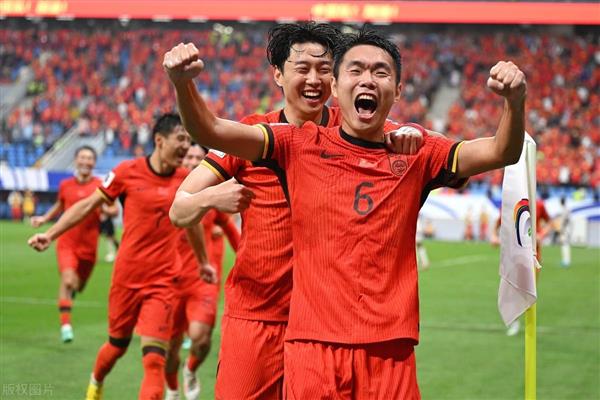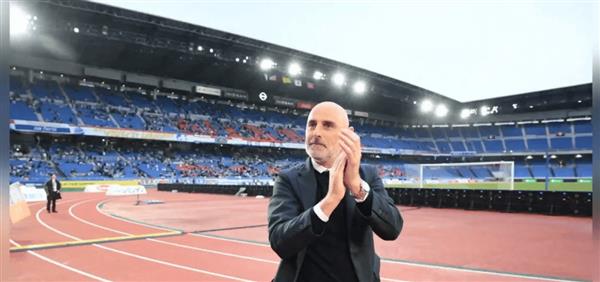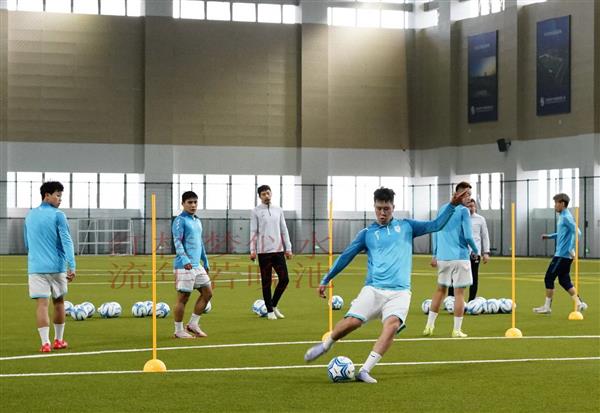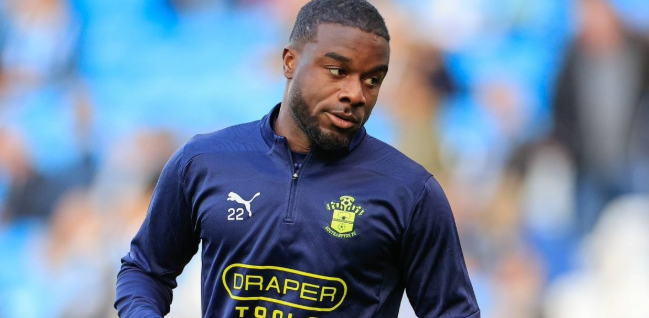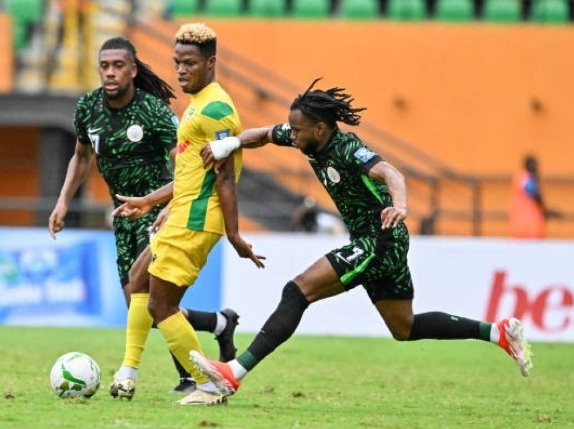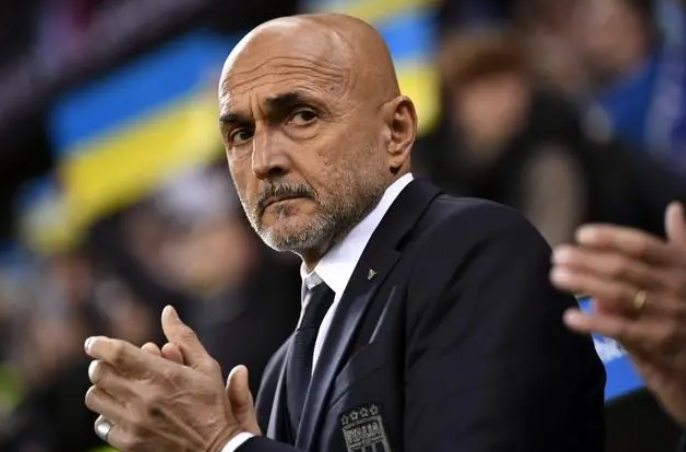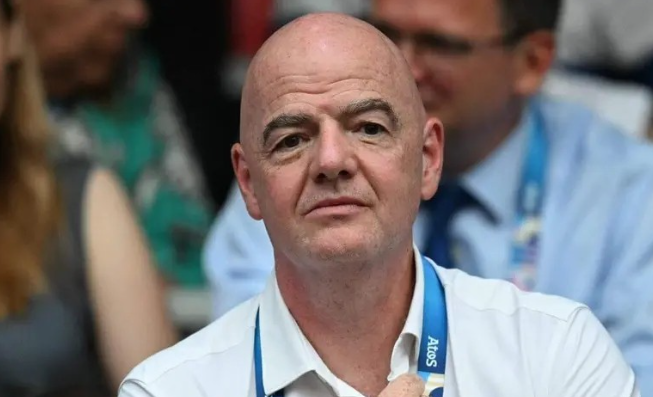
The Japanese soccer of yesteryear, with its weak heritage, has been undefeated against Chinese teams for the past seventy years, and has even had its share of heartbreaking big losses. However, it was at that crucial moment in the reform of Japanese soccer that they advanced to the Asian Cup final for the first time.
At that time, soccer was still considered a fringe sport in Japanese society, and there were only a few thousand to a few thousand people in the audience for a match.
But Saburo Kawabuchi revolutionized the situation in just a few years, leading Japanese soccer to a qualitative leap.
Saburo Kawabuchi, known as the "Father of Japanese Football".
It is familiar to people that in 1996, the Japan Football Association put forward the far-reaching "Japanese Football Centennial Plan". This grand blueprint revealed the miraculous path of Japanese soccer.
At the heart of the plan is the "Centennial Manifesto", in which Japanese soccer sets the goal of increasing the soccer population to 5 million by 2015 and doubling that number to 10 million by 2050, as well as hosting and winning the World Cup.
And while the 2015 target has been achieved, the Japanese women's soccer team also managed to win the World Cup in 2011.
When exploring the secrets of Japanese success, it is worthwhile to analyze them from a number of perspectives.
-Overview
The Japanese Football League (J-League) is not dissimilar to the Chinese Super League, K-League, etc. in terms of format and organization, but it has unique historical roots and developmental characteristics.
In 1993, Japan's first professional soccer league was born, initially consisting of only ten teams, the "Founder's Team", and as the professionalization of Japanese football progressed, the number of teams continued to grow. As the professionalization of Japanese soccer advances, the number of teams continues to grow, and in 1999, in order to deal with the problem of too many clubs, the Japan Football Association divided the J-League into J1 and J2, and introduced the grading and promotion mechanism. In contrast, our country achieved the professionalization, grading and elevation system of the league as early as five years ago.
In contrast, Chinese soccer has achieved remarkable results in the professionalization, grading and promotion system of the league.
In 2014, the J3 League was established. Compared to 1993, when there were only 10 professional teams in the Japanese league, today Japanese soccer has 58 professional teams (18 in J1 and J3 and 22 in J2), all in just 20 years.
-Neutral name reform -
However, "professionalism" does not refer to the lack of professionalism of the pre-1993 ten teams, but rather professionalism signifies the cultivation of a mature system and fan culture.
Before the creation of the professional federation, those ten teams in Japan were professional but not soccer clubs and did not develop a fan culture. They were just appendages of major corporations.
Team Mitsubishi Heavy Industries, Team Panasonic Electronics, Team Nissan Motor...
These were the names of Japanese soccer teams before they were professionalized, when they were subordinate to major corporations and lacked an independent fan culture.
The Japan Football Association (JFA), led by Saburo Kawabuchi, quickly pushed for a unisex name reform, stripping corporations of the right to name soccer teams and implementing the "New Policy on the Names of Japanese Soccer Clubs".
The reform of neutral names in Japanese soccer stipulates that corporations may no longer have naming rights and that teams wishing to join professional leagues must change their names. The new name should be geographically based and incorporate unique characters of cultural significance based on the name of the place.
The JFA believes that this is the only way for the Japanese team to lay the foundation for a fan culture.
After all, fans in Saitama Prefecture don't support a team called "Mitsubishi Heavy Industries Soccer Team", and citizens of Kawasaki City don't support a team called "Fujitsu Group Soccer Team".

